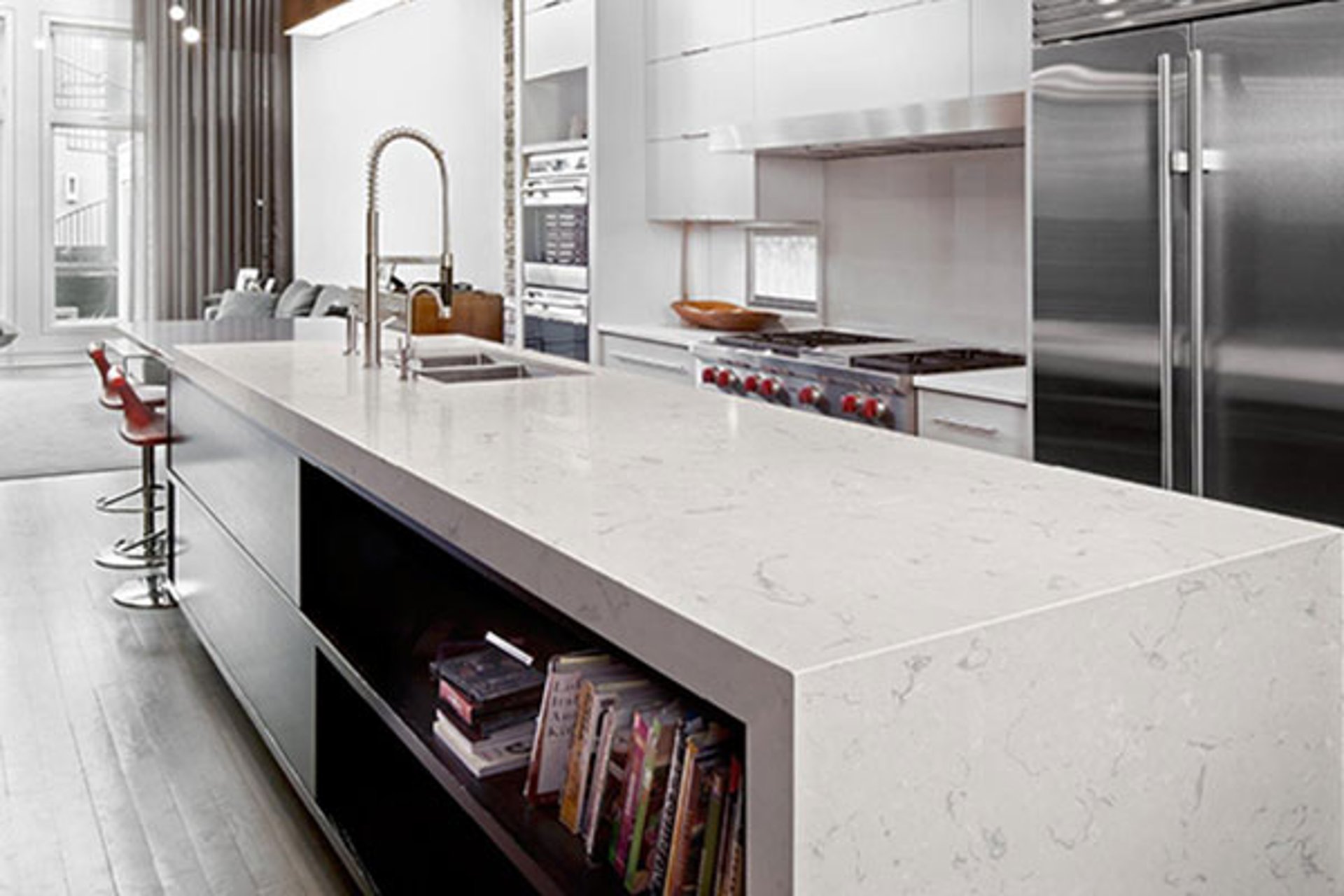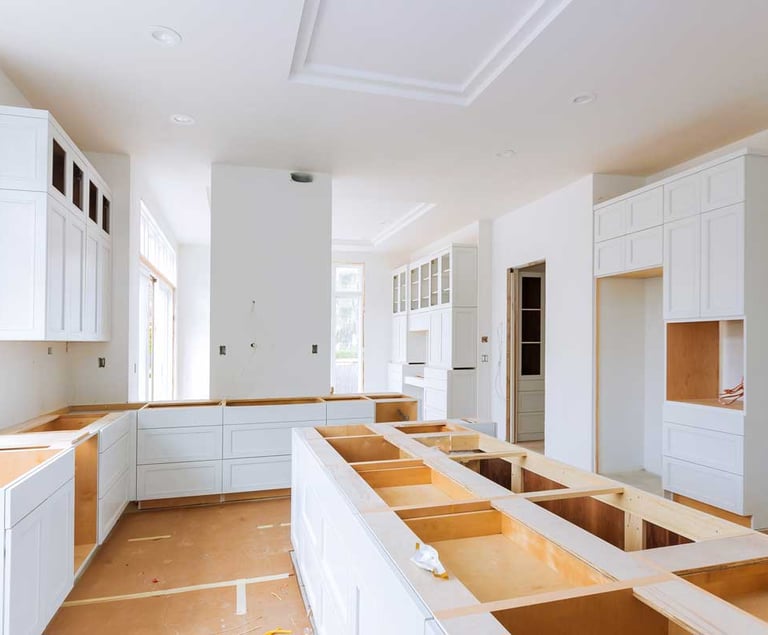
Blog
Preparing Your Cabinets for Granite Countertop Installation:
Granite countertops are a popular choice for their beauty, durability, and timeless appeal. If you've decided to enhance your kitchen or bathroom with these stunning natural stone surfaces, proper preparation of your cabinets is essential to ensure a seamless and successful installation process.
Preparing cabinets involves several crucial steps, from clearing the countertop and disconnecting plumbing fixtures to inspecting the cabinets for stability and levelness. In this comprehensive guide, we will walk you through each step, offering valuable tips to help you prepare your cabinets for a flawless granite countertop installation.


Step 1: Clear the Countertop and Cabinets The first step in preparing your cabinets is to remove all items from the existing countertops and clear out the cabinets below. This creates a clean and clutter-free workspace for the installation process. Store your belongings in a safe place to avoid any damage during the installation.
Step 2: Disconnect Plumbing and Appliances If there are any plumbing fixtures, such as sinks or faucets, connected to the existing countertop, you'll need to disconnect them. Turn off the water supply, and use appropriate tools to disconnect the plumbing connections. Remove the fixtures carefully and set them aside. Similarly, disconnect any appliances, such as cooktops or ovens, that are installed in or on the countertops. Follow the manufacturer's instructions for proper disconnection to avoid any damage or safety hazards.
Step 3: Remove the Existing Countertop With the area cleared and fixtures disconnected, it's time to remove the old countertop. Exercise caution to prevent damage to the cabinets or surrounding areas. Use a pry bar or screwdriver to loosen any adhesive or fasteners holding the countertop in place. Work systematically, starting from one end and gradually moving along the entire length of the countertop. If the existing countertop is heavy, it's advisable to seek assistance from a partner or professional to avoid injury.
Step 4: Inspect the Cabinets Once the old countertop is removed, take the time to thoroughly inspect the cabinets. Check for any signs of damage, such as loose joints, cracked panels, or water damage. Repair or replace any damaged areas to ensure the cabinets are structurally sound and able to support the weight of the granite countertops.
Step 5: Check for Levelness A crucial aspect of cabinet preparation is ensuring that the cabinets are level and even. Use a level to verify that the cabinets are flat from front to back and side to side. If any areas are not level, adjustments will be necessary. Use shims or adjustable feet to bring the cabinets to the desired level. This step is essential to create a stable and supportive foundation for the granite countertops.
Step 6: Install Support Brackets (if required) Depending on the dimensions and overhang of the countertops, you may need to install support brackets to provide additional strength and stability. Consult with your granite countertop fabricator or installer to determine if support brackets are necessary and the specific placement requirements. They will guide you on the appropriate bracket type and installation method for your specific countertop design.
Step 7: Measure and Template the Cabinets After completing the initial preparations, it's time to create accurate measurements and templates of the cabinets. This step is typically done by the countertop fabricator or installer. They will use precise measurements to cut and shape the granite slabs accordingly. Ensure clear communication with your installer, providing accurate information about any specific design requirements or preferences you may have.
Step 8: Communicate with the Countertop Installer Throughout the preparation process, maintain open and clear communication with your granite countertop installer. They are experts in their field and will provide specific instructions based on the type of countertops being installed.